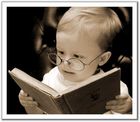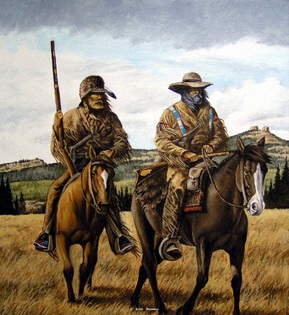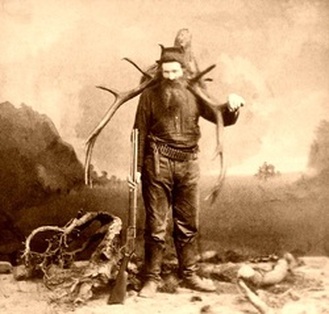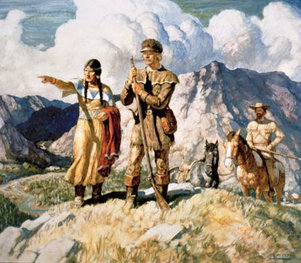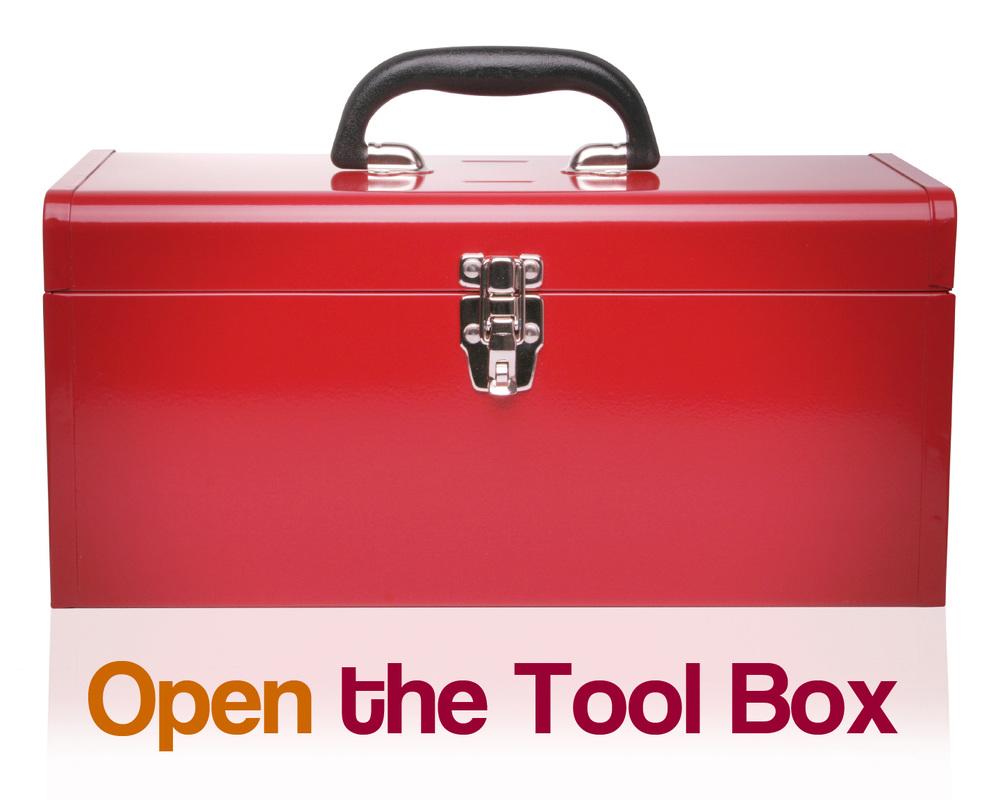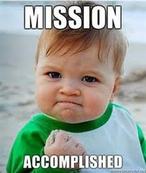LESSON 14:
THEY WENT FOR FUR
Header
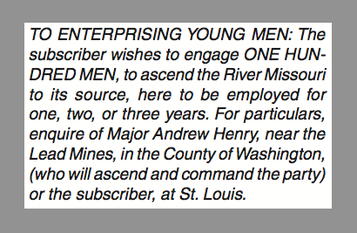
Fur traders in the upper Missouri River area relied on Native Americans to bring bison hides to trading posts. From there the hides were sent down river to St. Louis. Manuel Lisa ran the Missouri Fur Company from about 1807 to 1820. This ad appeared in the Missouri Gazette & Public Advertiser on March 20, 1822.
Header

The Rocky Mountain fur trading system was quite different. There, beaver was the fur of choice. Beaver hats were the fashion statement of the day in America and Europe. Beaver and other pelts were sold at an annual rendezvous where buyers and trappers met. The furs were taken by wagons to be sold in larger cities.
Header

The first major American fur trading business was the Pacific Fur Company, which was started by John Jacob Astor in 1810. An expedition by Astor overland laid the groundwork for the Oregon Trail by discovering the South Pass through the Rocky Mountains. This route was later one of the major overland routes to the West.

By 1834, there was little demand for beaver and few beavers left to trap. The price for beaver pelts dropped as European hat manufacturers switched to silk instead of pelts. By the 1870's, most of the fur trade has ceased. After the fur trade died, the mountain men became invaluable guides and scouts for wagon trains, survey teams, and the army. Their skills in living off the land and their knowledge of Native Americans helped bring many pioneers safely across the country.
Header

Not only were the mountain men a symbol of America’s wild frontier, their role in westward expansion was also very important. They did not simply wander around the Rocky Mountains or the Pacific Coast waiting for people to tell adventure stories and tall tales about their lives. They were explorers and guides who helped settle the land west of the Mississippi.
Guided Reading Questions
Answer the following questions in your lesson chronicles using PQA format.
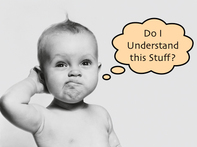
- Question
- Question
- Question
- Question
- Question
SMALL GROUP ACTIVITY
Activity Name
DIRECTIONS: In this activity,
INDIVIDUAL ACTIVITY
Lesson Chronicles - Answering the Essential Question
A Lesson Chronicles Activity is an individual activity where you prove that you accomplished the lesson mission. Lesson Chronicles require you to keep a notebook or journal with a table of contents. Each entry should be dated. First, you write the lesson mission. Then you prove you "can do" whatever the mission says by answering the essential question of the lesson in PQA format. Remember PQA format means "Put the Question in the Answer".
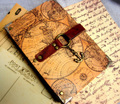
DIRECTIONS: Work by yourself to prove you have completed today's mission successfully by answering the essential question for today.
HOMEWORK
Family Time

Remember, you have homework every night in Social Studies. Your homework is to show your Lesson Chronicles to your family and tell them what you learned today. Not only will this give you quality time with your family but it will help you review for your unit test. Go over your lesson chronicles entry from today everyday to help you study for the Topic Quiz and Unit Test.


